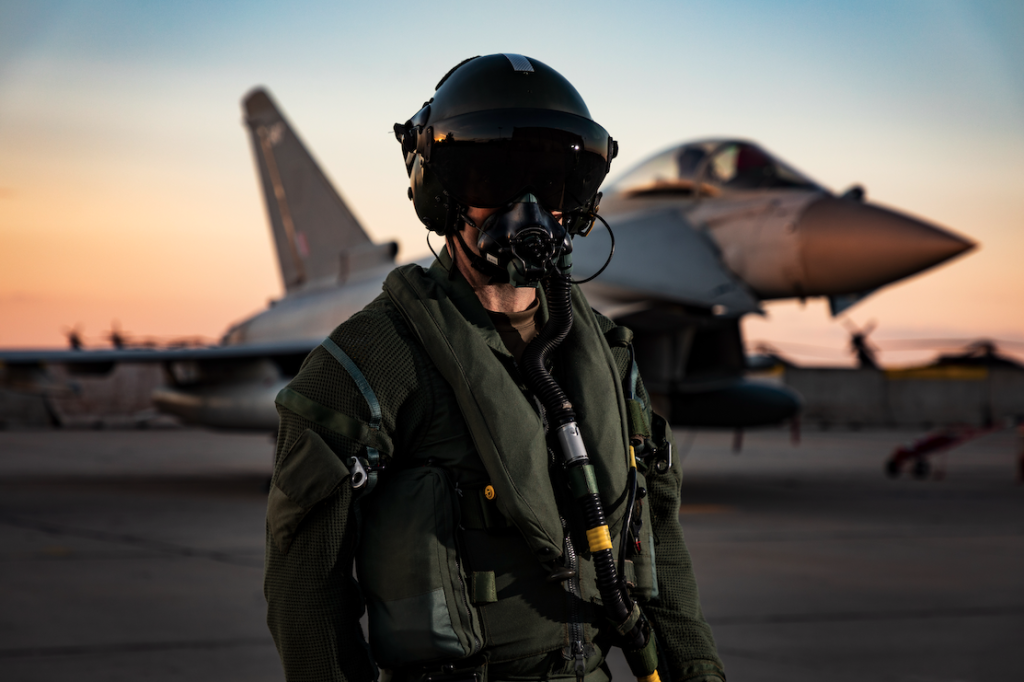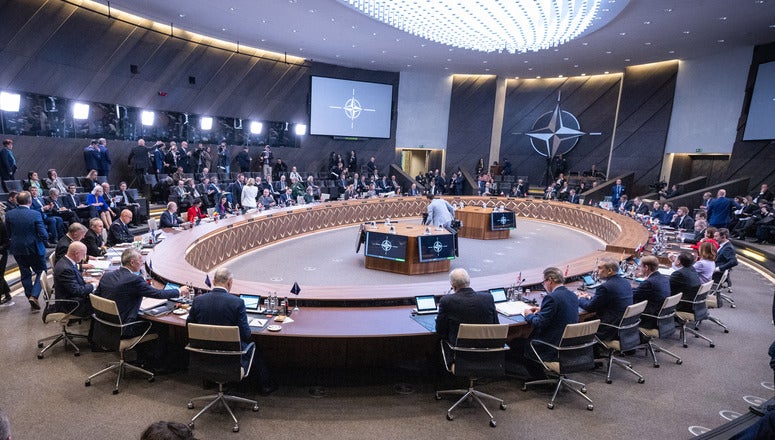The Government of Canada has confirmed its intention to re-join Nato’s airborne warning and control system (AWACS) programme as part of its efforts to contribute to international peace and security.
The decision is part of the government’s commitment to support the safety and security of natives, in addition to ensuring the protection of their rights and freedom.
In 2011, the Canadian Government decided to withdraw from the AWACS programme following the Department of National Defence’s 2010 Strategic Review.
Canadian Defence Minister Harjit S Sajjan said: “Nato is a cornerstone of Canada’s international security policy, and is one of our most important multilateral relationships.
“In that spirit, Canada has decided to re-join Nato’s AWACS.
“AWACS is a key Nato capability that we will support by contributing to its operations and support budget.
How well do you really know your competitors?
Access the most comprehensive Company Profiles on the market, powered by GlobalData. Save hours of research. Gain competitive edge.

Thank you!
Your download email will arrive shortly
Not ready to buy yet? Download a free sample
We are confident about the unique quality of our Company Profiles. However, we want you to make the most beneficial decision for your business, so we offer a free sample that you can download by submitting the below form
By GlobalData“We have committed to keeping Canada engaged in the world, and continuing to commit ourselves to Nato and its missions are important steps toward that goal.”
The joint intelligence, surveillance, and reconnaissance provided by the AWACS programme helps address the threats posed by the environment and improve its safety and security.
To this end, Nato has largely enhanced the use of its AWACS operations, including in areas such as Central and Eastern Europe where Canada is leading a multinational Nato battlegroup based in Latvia.
Established in 1978, the AWACS comprises a fleet of 16 Nato-owned E-3A aircraft that enables the alliance to carry out long-range aerial surveillance, and to command and control forces from the air.
Capable of constantly monitoring the airspace within a radius of more than 400km, the E-3A aircraft can use digital data links to exchange information with ground-based, sea-based, and airborne commanders.
It is equipped with a pulse Doppler radar that enables the aircraft flying within Nato airspace to distinguish between targets and ground reflections.
This provides early warning of low or high-flying aircraft operating over the territory of a potential attacker.







